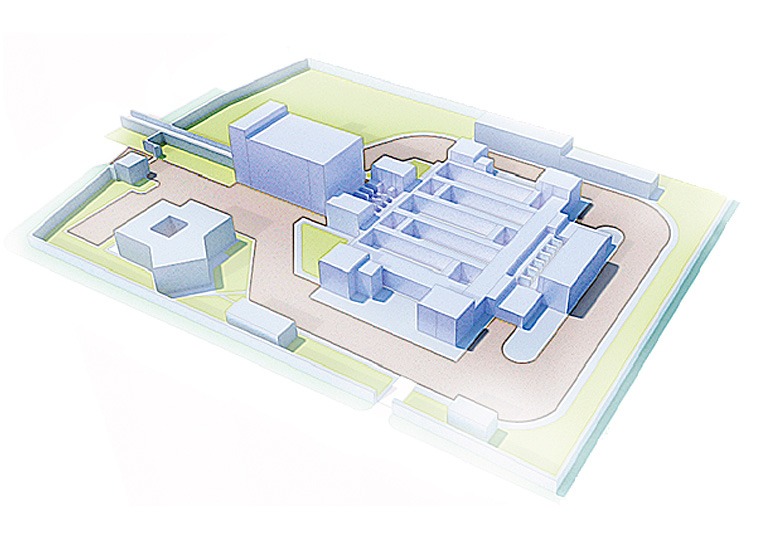-
La Chira wastewater treatment plant, built and operated by ACCIONA, serves 2.5 million inhabitants in Lima and contributes to the environmental, economic and social regeneration of the city
-
Few people know that the district of Chorrillos, one of 43 which make up the Peruvian province of Lima, owes its name to underground currents of freshwater that flow through the city’s drains and out to Agua Dulce beach, one of the best known resorts in the metropolis. Less well known perhaps is the story that the Spanish Viceroy, the Count of Lemos, on arriving in the New World, made the area his favorite destination in 1679, precisely due to the insuperable quality of its water.
With such long-held recognition, this beautiful stretch of earthly paradise surely deserves no less than a full recovery from the recent trials that have plagued it due to decades of population growth. Hundreds of thousands of people chose – or were fortunate enough to have to – to move to the south of Lima to live. But while it is a luxury to reside in this unique part of the world at the gates of the immense Pacific Ocean, it comes at a price: the ecological disaster the lack of sewage treatment has represented.
The inexistence of a wastewater treatment system obliged the authorities to jettison all waste into the sea with little more than iron bars for filters. It did prevent big objects from reaching the sea, but over time the coastal waters around Lima, once famous worldwide for their quality, have gradually become increasingly toxic. The problems derived from this lack of adequate treatment are there for all to see: ravaged flora and fauna, the destruction of vital economic sectors such as fishing, leisure and tourism, outbreaks of skin and digestive disease….
-
Two-and-a-half million beneficiaries
2016, however, is the year in which all this will change thanks to an ambitious plan: an impressive project that will return part of Peru’s natural heritage through the building of La Chira Waste Water Treatment Plant. The project, designed and constructed by ACCIONA in collaboration with the Peruvian company, Graña y Montero, represents a radical improvement in the quality of life in Lima.
It is estimated that the La Chira WWTP, the operation and maintenance of which will be trusted to ACCIONA for 25 years, will serve two-and-a-half million users, i.e. treat the sewage of approximately 25% of the inhabitants of the Peruvian capital.The facility will have an average treatment capacity of 6.3 m3 per second, and be able to increase its output to almost double that, to 11.3 m3/s, when necessary.
-
The water, once treated in the wastewater plant, is prepared for returning to the sea: clean, disinfected and ready again to take its place in the natural environment. For this, an 3.65 km-long underwater discharge outlet has been built and installed on the Pacific seabed during a series of impressive operations, thanks to the skill of workers facing waves of up to six meters. Against these and other adverse conditions, the many sections of the outlet were installed with the help of four backhoe excavators, a tugboat, a front loader, 10 small craft and over 100 scuba divers. And the big team was needed: the structure weighed a total of 6,100 metric tons, equivalent to 37 Boeing 747s,with a diameter of 2.61 meters, and was laid at depths in some places as deep as 58 meters.
-

-
Sustainable regeneration in the area
On land, the restoration work and social impact have as much importance as the construction of the plant and discharge outlet. The recovery of the abused coastal zone is a priority and has seen the planting of 2,500 square meters of grass and 360 trees, plants and shrubs.
Meanwhile, the unskilled labor used the area of influence of the project and close collaboration has been maintained with the local communities through workshops on basic construction techniques, the creation of micro–companies for women, food banks where and when they are needed, and a raft of other initiatives designed to compensate inhabitants for the inevitable inconvenience also caused by works of this magnitude.
Do you want to learn about more projects like this? Visit ACCIONA website.





